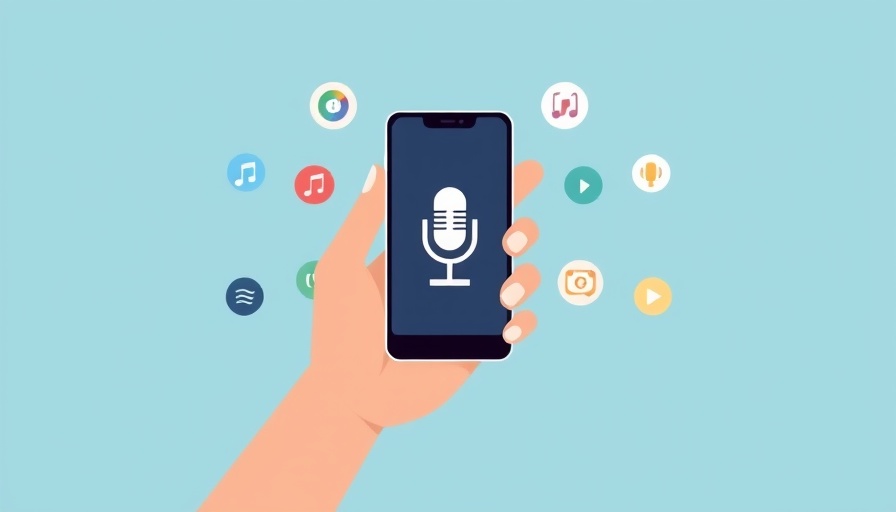
The Limits of AI in Creative Writing
The landscape of writing, particularly creative writing, has been dramatically reshaped by the advent of artificial intelligence (AI), particularly with the introduction of large language models (LLMs) like ChatGPT. Despite their impressive text generation capabilities, these AI systems raise fundamental questions about the nature of creativity and originality.
Understanding the Core of AI Writing
At its core, ChatGPT functions by predicting the next word in a sentence based on the input it receives. This process relies heavily on vast datasets sourced from the internet. However, the very method by which AI generates text—selecting words with the highest likelihood based on previous texts—hints at a crucial limitation. Unlike human writers, who draw upon personal experiences, emotions, and unique perspectives, LLMs effectively ‘sample’ existing text, leading many critics to argue that their output lacks genuine creativity. Claude Shannon's foundational work in probabilistic language modeling has come a long way since 1948, but while technology has evolved, the underlying concept of randomness in AI-generated content remains largely unchanged.
The Question of Authenticity
Language models have often been characterized as parrots that mimic extant texts with no true understanding or emotional depth. This point was underscored by cognitive scientist Douglas Hofstadter, who suggested that beneath the surface sophistication of AI-generated text lies a significant hollowness. When writers engage with AI, they risk invoking a system that essentially remixes existing content rather than creating something new. For leaders and innovators in sectors such as marketing, understanding this distinction is vital. Creativity from a human perspective often involves the explicit intention of communication, whereas AI merely reflects statistical associations.
Implications for Business Leaders Considering AI Integration
For CEOs, CMOs, and COOs contemplating the role of AI in their organizations, it’s crucial to recognize the nuanced role that AI can play in creative processes. While AI tools may streamline certain tasks and assist in generating content, they do not replace the value of unique human creativity. Businesses should focus on using AI as a complement to human writers rather than a wholesale replacement. This entails providing guidelines for collaboration between AI tools and human input, ensuring that the originality and authenticity of content are maintained.
Future Directions: Balancing AI and Human Creativity
As AI technologies continue to evolve, it is evident that while they can aid the writing process, they will not supplant the inherent creativity of human authors. Future advancements may enhance the integrative capacity of AI, allowing for more personalized outputs, but the essence of creative writing will remain tied to human emotion, experience, and intentionality. As organizational leaders, embracing this balance will be key in leveraging AI effectively.
Conclusion: A Call for Thoughtful AI Utilization
In summary, while AI poses exciting possibilities for creative writing, it is essential for business leaders to approach these technologies with a critical perspective. By understanding the strengths and limitations of AI tools, organizations can foster an environment where creativity thrives alongside innovation, using AI to enhance human capabilities rather than diminish them.
 Add Row
Add Row  Add
Add 




Write A Comment